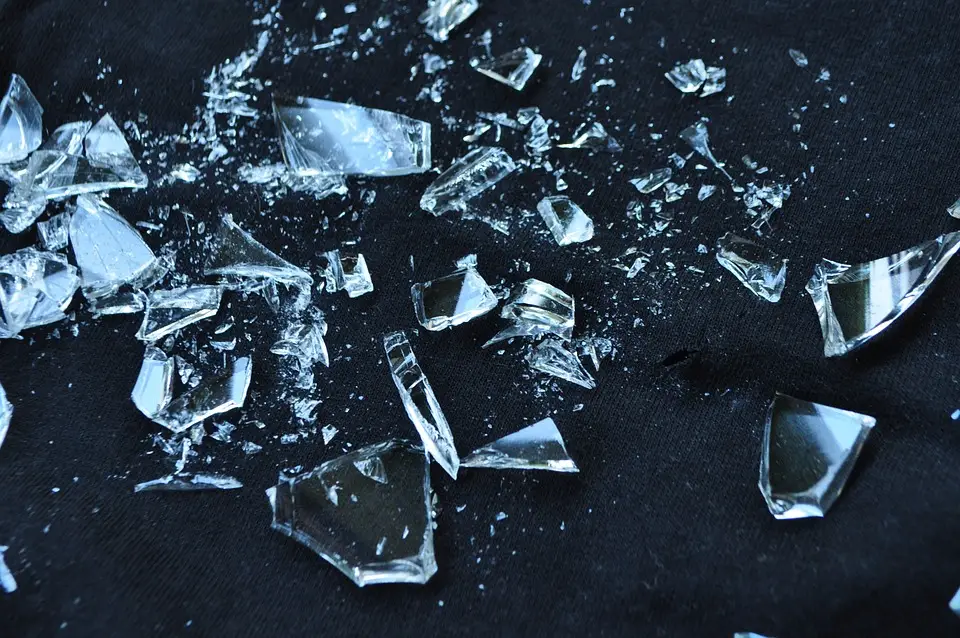According to CM Glass Miami, tempered glass is a very versatile type of glass that is used in various applications, including furniture, vehicles, mobile phone protectors, and more. One of the primary reasons for its popularity is that it is incredibly durable. Please continue reading to learn more about tempered glass, the most durable type of glass.
What Is Tempered Glass?
Tempered glass is made by heating treating glass in a high-heat tempering oven. In this process, it also goes through rapid cooling, which makes the outer part of the glass cool down immediately, and the inner part cools down slowly, pulling on the outer part. This creates tension in the inner part and compression and the outer part of the glass, strengthening it and making it highly durable. Due to this, when tempered glass breaks, it transforms into dull pieces which do not cause any injuries, unlike regular glass, which breaks into sharp pieces.
What Makes Tempered Glass So Durable?
Tempered glass is through an extensive process. Before tempered glass undergoes the heating and quenching process, any sharp edges are removed through sandpaper; this helps to make the glass resist breaking in the event of a severe impact or excessive vibrations.
Tempered glass is generally four times stronger than annealed or regular glass and less susceptible to accumulating unsightly scratches. Due to these properties, it is often in windows, doors, mirrors, wall partitioners, smartphones, kitchen appliances, computers, vehicles, and wet areas, like bathtub enclosures.
The strength and durability of the glass come from potassium nitrate, which reacts with the surface of the glass, making it more robust than standard glass. After the tempered glass is cooled, it sits in a potassium nitrate bath for several hours, during which the ion exchange occurs. This makes the glass more durable than standard annealed glass.
Advantages of Tempered Glass
- Allows Direct Radiation: This quality makes tempered glass ideal for greenhouses.
- Resistant to High Impact: Tempered glass can offer protection against storm and fire damage because it is relatively resistant to high heat and impact compared to standard glass.
- Resistant to Scratches: It does not scratch easily, making it an economical option for commercial and residential applications.
- Heat Resistant: Tempered glass is less likely to shatter during the cooking process that requires rapid cooling and heating. This makes it an ideal choice for cookware.
- Crystal Clear: The tempering process does not alter the clarity of the glass, which is why it is used in glass doors, windows, display cases, and additional objects.
- Versatility: Tempered glass can be used in any form, including skylights, glass protectors for phones, countertops, doors, stovetops, and computer screens.
- Withstand Wear and Tear: This glass can be used in places that require to withstand a great deal of wear and tear, such as explosion-proof windows, high-pressure windows, display cases, and lighting products.
- Breaks Into Small Pieces: Unlike regular glass, when tempered glass suffers damage, it does not break into big shards but into small pebbles that reduce the risk of injury.
Disadvantages of Tempered Glass
Similar to other types of glass, tempered glass also has some disadvantages. For example, while tempered glass may not break easily, when it does so, it will completely shatter. This makes it easy for intruders to gain access to an area by breaking a single piece of glass.
That is because the tensile stress is high at the edges of the tempered glass, which makes it more prone to complete breakage if the edges encounter high impact. However, it may also break completely if the middle is struck with extreme force.
Another disadvantage is that tempered glass cannot be reshaped once it is toughened through the tempering process. So, it cannot be cut, carved, or polished after it has been tempered once because it would break into small pebbles.
